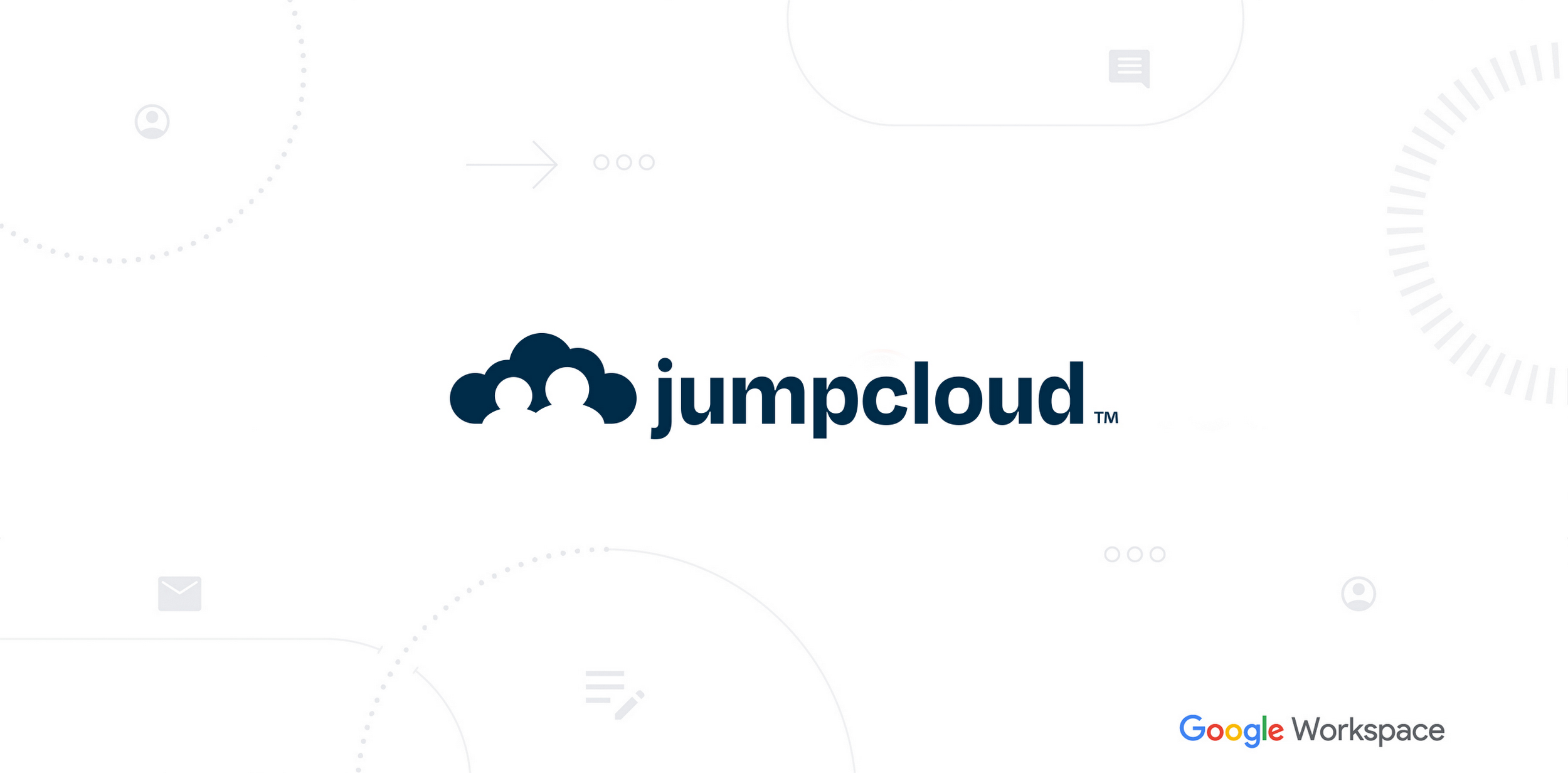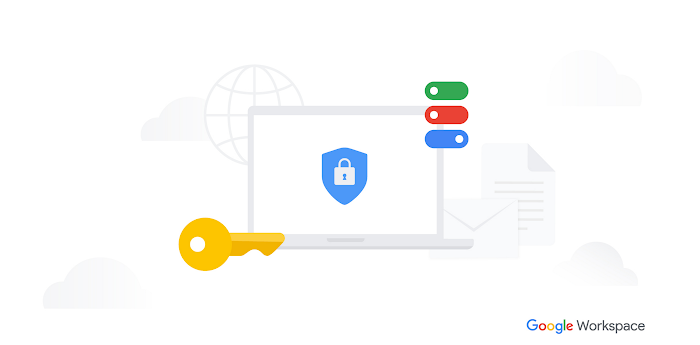Modernizing identity and access management with Google Workspace and JumpCloud

Cameron Wallin
Director of Product Management, Google Workspace
Google Workspace Newsletter
Keep up with the evolving future of work and collaboration with insights, trends, and product news.
SIGN UPManaging a modern IT environment is challenging — particularly when it comes to securely enabling productivity among workers in an increasingly hybrid and global workplace. Small and midsize organizations are faced with shifting IT priorities, such as supporting rapid employee onboarding and offboarding, and managing access to an ever-growing list of resources like employee devices, cloud-based and on-premises applications, networks, and more.
Organizations also regularly face the threats of cyber attacks, the consequences of which can be devastating. Data breaches can lead to financial losses and damage to brand reputation, making the impact of a successful attack far-reaching and long-lasting. That's why it's more important than ever for companies to take proactive measures to protect themselves with cost-effective and flexible IT tools.
Organizations are finding a solution to these challenges with Google Workspace, and in many cases approaching Workspace as a modern replacement to legacy on-premises identity directories.
Modernizing your identity directory
Many of the challenges with on-premises identity directories are rooted in their legacy architecture and a single provider lock-in strategy, which puts organizations into a difficult, inflexible situation. The ability for an organization to manage their environments, meet changing user demands, and adapt to the evolving needs of the business becomes very limited.
All this makes it very challenging to incorporate products and services that allow organizations to grow, whether it’s managing macOS and Linux devices, as one example, or deploying software like Microsoft Exchange to non-Windows devices. It also makes it difficult to integrate with cloud-centric applications and resources, requiring additional tools that add complexity and administrative overhead to manage user access.
What are the alternatives?
All of these problems have led many organizations to consider alternatives. One popular alternative is to use Google Workspace and JumpCloud’s open directory platform together. This solution gives organizations a modern productivity suite along with an open identity directory platform that integrates with the other tools in their environment.
Let’s dive into the details of each solution to see why Workspace and JumpCloud serve as a modern alternative for legacy directory and productivity options.
Google Workspace and JumpCloud: better together
Workspace provides an easy way for teams and organizations of all sizes to connect, create, and collaborate using the apps they already know and love to achieve more together. Workspace seamlessly integrates all of the core elements of work — like email, chat, voice and video calling, document collaboration, storage, task management, security tools, and admin controls — so users can work easily and securely from wherever they are. Meanwhile, a single admin console gives a simpler way to manage users, secure devices, support compliance, and help keep data secure and private.
JumpCloud is an open directory platform that, at its core, is a cloud-based directory service that gives organizations centralized, more secure, and robust identity, access, and device management capabilities. JumpCloud can act as the sole identity provider (IdP), or it can seamlessly connect to any other existing IdP, such as Google Workspace.
Meet one of our customers: MiQ Digital
As a rapidly growing media agency, MiQ Digital needed an identity, device, and access management (IDAM) solution that would complement Google Workspace, which the company embraced in 2012. The solution needed to be scalable, enable its remote workforce to collaborate securely, and act as a single pane of glass to minimize tedious IT management across disparate solutions.
“JumpCloud has helped us get stronger in our security posture,” Dani Gardner, Team Lead - IT Ops and Systems at MiQ says. “It also gives us more control over data and compliance. And thanks to JumpCloud, we've been able to deprecate Microsoft Active Directory and eliminate the need to host any on-prem servers in our global offices, leading to significant savings on infrastructure, licensing, and people resources. We're saving up to 2 hours every day by automating manual processes, giving back hundreds of hours annually to be more strategic and impactful for our customers,” Gardner adds.
Get started on replacing your existing directory service
Workspace and JumpCloud’s open directory platform is a modern, cloud-based alternative to on-premises Active Directory servers. By leveraging Workspace's productivity and collaboration tools and JumpCloud's open directory platform, organizations can efficiently manage their IT environment, safeguard users and critical resources, streamline onboarding, and simplify end-user login across any resource and location.
This kind of solution gives organizations the freedom and flexibility to choose the tools that suit their needs without getting locked into legacy ecosystems.
JumpCloud and Workspace have partnered together to provide a cost-effective alternative to legacy single-vendor solutions that's easier than ever to implement while simplifying IT’s day-to-day operations.
Learn more about the partnership between JumpCloud and Google Workspace.

